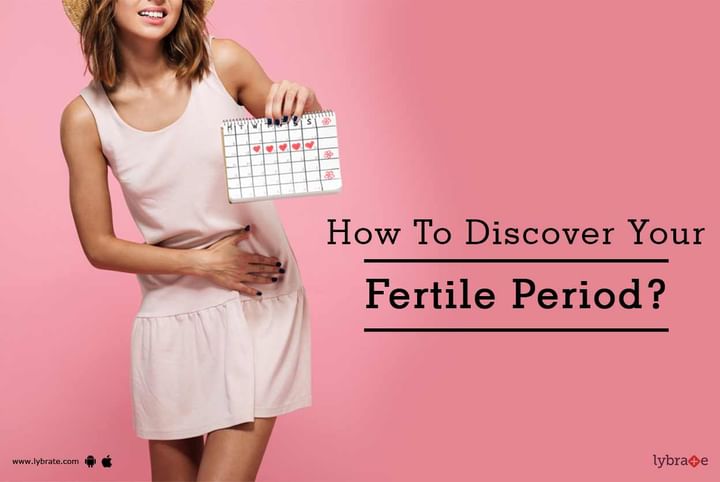How To Discover Your Fertile Period?
Your ovulation cycle is largely ignored until you decide to have a baby. Suddenly, the ovulation cycle becomes more than just a countdown to your next period. When you're trying to get pregnant, you need to identify when you're ovulating to calculate the time available to you to conceive a child. Ovulation occurs mid cycle, every month for most women. It is usually accompanied by a number of symptoms. Some of these are:
Ovulation pain
Some women may experience an abdominal pain when they ovulate. This can range from a mild sensation to a constant pain. The latter is not normal and may be caused by ovarian cysts or scarring by a previous surgery.
Higher Basal body temperature
Basal body temperature is the lowest temperature recorded in the body when it is at rest. At the time of ovulation, this temperature normally increases as a result of the release of progesterone. To use this method to determine ovulation, you will need a basal thermometer. Take your temperature every morning as soon as you wake up and record it in a chart to spot temperature changes. Basal body temperature can also be used to determine if recent intercourse has resulted in a pregnancy or not. If the basal temperature remains elevated for 18 days after intercourse, it is safe to say that you are pregnant.
Cervical mucus
The mucus released by the vagina changes according to the stage of the ovulation cycle. This is caused by the fluctuations of hormone levels. At the time of ovulation, cervical mucus is clear, slippery and highly elastic. This can be compared to a raw egg white in colour and consistency. After ovulation, this mucus will turn stickier and denser.
Cervical position
Your cervix itself will shift at the time of ovulation. Some women can easily feel this change while it may take a little time for others to identify it. The cervix is usually positioned low and feels hard and closed. However, just before ovulation, it will usually open up and soften a little as well as pull back. Cervical position also needs to be regularly charted to determine when the position changes.
Spotting
Spotting mid cycle is not always a sign of an early period. It may also signal ovulation. This is usually a result of the sudden drop in estrogen that precedes ovulation. Since the progesterone levels are not high at this time, the lining of the uterus may leak a little blood.
Other signs of ovulation include:
* Breast tenderness
* Heightened sense of smell, taste etc
* Increased libido
* Increased energy levels and
* Water retention



+1.svg)
